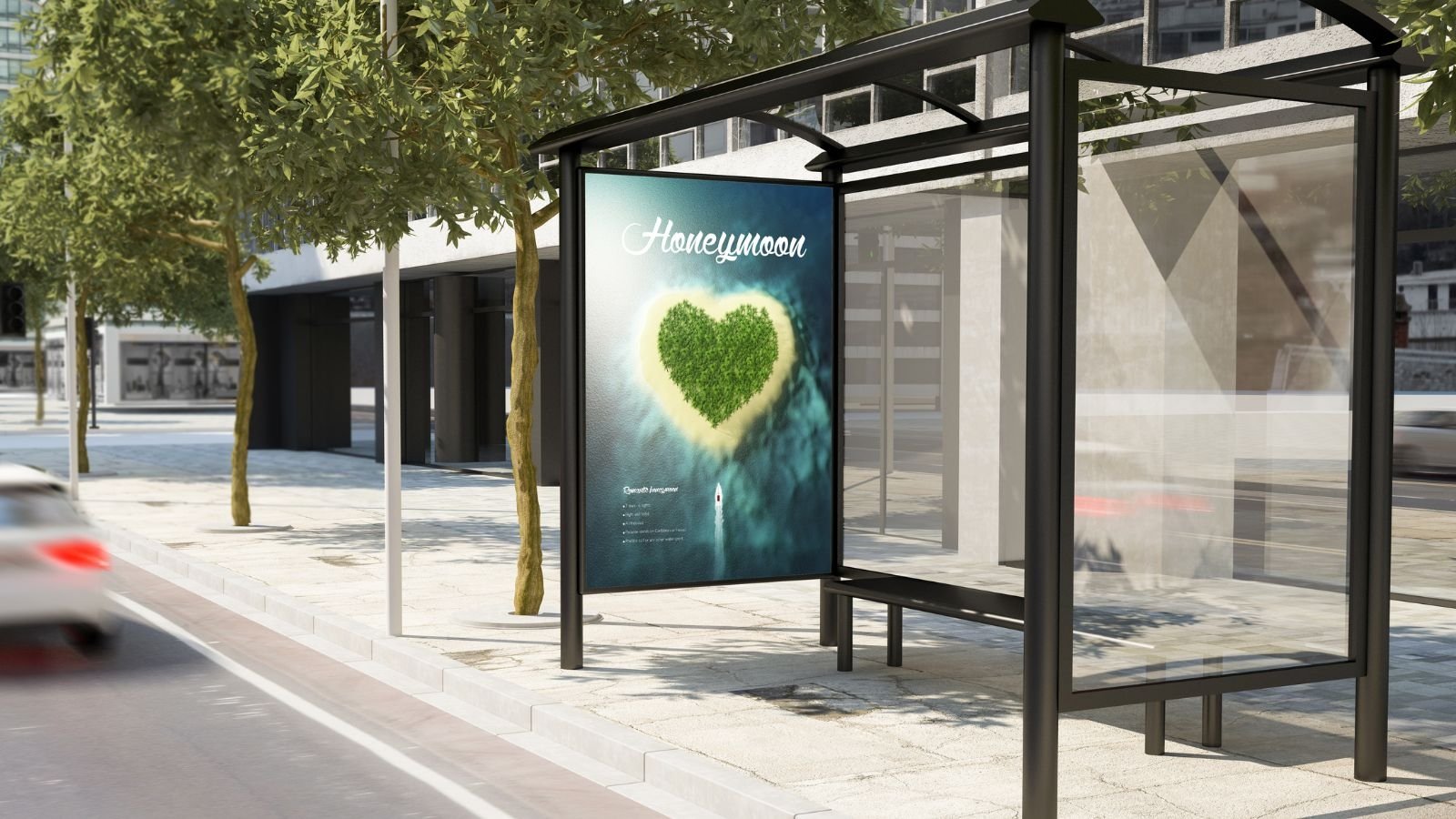In addition to picking up and dropping off passengers at off-street terminals and bus shelters, many buses make other stops along their designated route.
Most governments allow buses to stop only at specified stops in urban areas. Although in certain countries, buses can stop anywhere, including on busy city streets.
The necessity for dedicated bus stops is primarily due to this. Investment in bus stop infrastructure may be unneeded if few passengers use the route. However, if there are a large number of passengers, it is impractical to let everyone enter or exit the bus at their leisure. This might result in buses halting every few metres, lengthening route durations.
Waiting passengers should be organised into groups at appropriate moments throughout most metropolitan routes with a large amount of traffic. A sign should signal these on a pole or passenger shelter or by another piece of street furniture, such as a street light; the signs should be readily visible to approaching cars and, preferably, illuminated at night.
Involve stakeholders in the selection of bus shelters
You will need to consider various factors when locating bus stops. Including those influencing the safety and convenience of passengers and other road users. Stops should ideally cooperate with all stakeholders, including highway officials, bus operators, police, and passenger groups.
Bus stops must conveniently be near areas where people wish to board or exit buses and where it is safe to do so. They should be near where people can cross the road safely, especially near a pedestrian crossing. However, they should be placed such that halted buses do not hinder other vehicles or endanger other road users.
Bus stops should be at least 30 metres from a major road intersection to avoid obstructing turning traffic. However, if passengers are to connect with buses on overlapping routes, buses should stop within convenient walking distance of intersections. Bus stops should be where pedestrian pathways independent from the road system cross the roads used by buses in residential complexes.
It’s also important to consider distances between bus stations. Passengers will have to walk a long way if stops are too far apart. Stops that are too close together, on the other hand, may cause needless delays to other vehicles and result in an increased bus journey.
Shelters improve passenger comfort
It is preferable to offer shelters for people waiting at bus stops wherever possible. They should be able to handle the greatest number of passengers usually waiting while also providing suitable weather protection. They should be well-lit and ventilated, and approaching buses should be visible from within. Seating may be advantageous if waiting times are considerable.
The duration and frequency of travel will determine the requirements for your bus shelter. Shelters at busy intersections may even include amenities such as newsstands or vending machines.
If you would like to improve the efficiency of your public transportation system, why not browse through The Shelter Store’s collection of bus shelters?
If you have any questions regarding our products, please contact us and call 0800 612 7503 / 02070 362 768 or fill out our online contact form.
